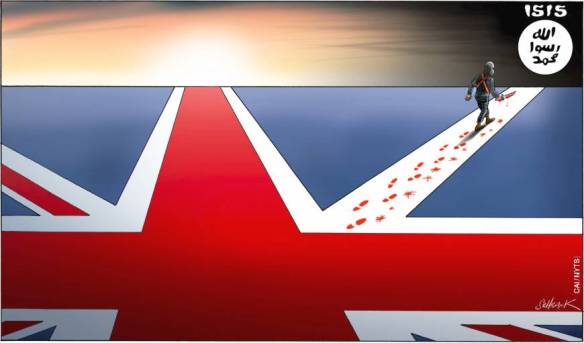BRAHMA CHELLANEY
 Bite by kilometer-size bite, China is eating away at India’s Himalayan borderlands. For decades, Asia’s two giants have fought a bulletless war for territory along their high-altitude border. Recently, though, China has become more assertive, underscoring the need for a new Indian containment strategy.
Bite by kilometer-size bite, China is eating away at India’s Himalayan borderlands. For decades, Asia’s two giants have fought a bulletless war for territory along their high-altitude border. Recently, though, China has become more assertive, underscoring the need for a new Indian containment strategy.
On average, China launches one stealth incursion into India every 24 hours. Kiren Rijiju, India’s Minister of State for Home Affairs, says the People’s Liberation Army is actively intruding into vacant border space with the objective of occupying it. And according to a former top official with India’s Intelligence Bureau, India has lost nearly 2,000 square kilometers to PLA encroachments over the last decade.
The strategy underlying China’s actions is more remarkable than their scope. On land, like at sea, China uses civilian resources – herders, farmers, and grazers – as the tip of the spear. Once civilians settle on contested land, army troops gain control of the disputed area, paving the way for the establishment of more permanent encampments or observation posts. Similarly, in the South China Sea, China’s naval forces follow fishermen to carve out space for the reclamation of rocks or reefs. In both theaters, China has deployed no missiles, drones, or bullets to advance its objectives.













